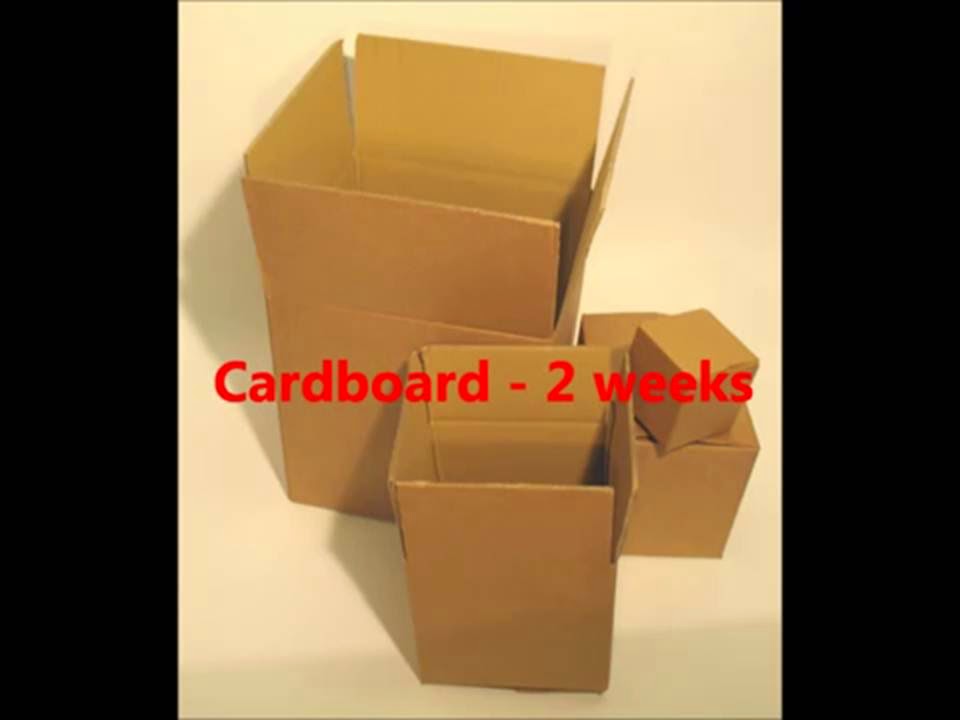Anatomy Heart Quiz questions
1.
During systemic circulation, blood leaves the
a) Left ventricle and goes directly to the aorta.
b) Right ventricle and goes directly to the aorta.
c) Right ventricle and moves to the lungs.
d) Lungs and moves to the left atrium.
e) Right atrium and goes directly to the lungs.
a) Left ventricle and goes directly to the aorta.
b) Right ventricle and goes directly to the aorta.
c) Right ventricle and moves to the lungs.
d) Lungs and moves to the left atrium.
e) Right atrium and goes directly to the lungs.
2.
Cardiac Output is
a) The amount of blood pumped out of each ventricle in one
minute.
b) The number of impulses fired by the SA node in one minute.
c) The amount of blood pumped out of the heart during every
ventricular contraction.
d) The number of times the heart beats in one minute.
e) The amount of blood filling each ventricle at the end of
diastole.
3.
During pulmonary circulation blood leaves the
a) right ventricle and goes directly to the aorta.
b) right ventricle and moves to the lungs.
c) right atrium and goes directly to the left ventricle.
d) right atrium and goes directly to the lungs.
e) left ventricle and moves to the lungs.
4.
Identify the correct sequence of blood flow
through the chambers of the heart.
a) Lungs, right ventricle, left ventricle, right atrium, left
atrium
b) Right ventricle, left ventricle, left atrium, lungs, right
atrium
c) Left atrium, left ventricle, right ventricle, right
atrium, and lungs
d) Right atrium, right ventricle, lungs, left atrium, left
ventricle
e) Left ventricle, left atrium, lungs, right ventricle, right
atrium
5.
The coronary arteries arise from the
a) aorta.
b) inferior vena cava.
c) superior vena cava.
d) right atrium.
e) pulmonary trunk.
6.
The endocardium is composed of
a) simple cuboidal epithelium.
b) simple squamous epithelium.
c) cardiac muscle cells.
d) simple columnar epithelium.
e) stratified squamous epithelium.
7.
The inferior vena cava brings blood from the lower
regions of the body and empties into the
a) left atrium.
b) right atrium.
c) Aorta.
d) left ventricle.
e) right ventricle.
8.
The inner lining of the fibrous pericardium is
formed by the
a) pericardial cavity.
b) myocardium.
c) diaphragm.
d) parietal layer of serous pericardium.
e) epicardium.
9.
The pacemaker of the heart is the
a) Purkinje fibers.
b) the bundle branches.
c) Bundle of His.
d) AV node.
e) SA node.
10. The tricuspid valve is located between the
a) right and left atria.
b) right and left ventricles.
c) right atrium and right ventricle.
d) left atrium and left ventricle.
e) right ventricle and
the aorta.
11. When the mitral valve closes, it prevents the
backflow of blood from the
a) left atrium into the left ventricle.
b)
left ventricle into the left atrium.
c) right atrium into the right ventricle.
d) left ventricle into the aorta.
e)right ventricle into the pulmonary trunk.
12. The vessels that carry oxygen to the myocardial
cells are called
a) aortic arteries.
b) pulmonary arteries.
c) pulmonary veins.
d) coronary veins.
e) coronary arteries.
13. What part of the heart is considered the systemic
circuit pump?
a) the right atrium
b) the right ventricle
c) the left atrium
d) the left ventricle
14. Which of the following valves is most often faulty
in the heart?
a) the aortic semilunar valve
b) the tricuspid valve
c) the pulmonary semilunar valve
d) the mitral or bicuspid valve
15. Which of
the following would lead to a decrease in heart rate?
a) Exercise
b) Norepinephrine
c) Sharply decreased blood volume
d) Parasympathetic stimulation
a) Exercise
b) Norepinephrine
c) Sharply decreased blood volume
d) Parasympathetic stimulation
ANSWERS
1-a 6-b 11-b
2-a 7-b 12-e
3-b 8-d 13-d
4-d 9-e 14-d
5-a 10-c 15-d
































































































































































